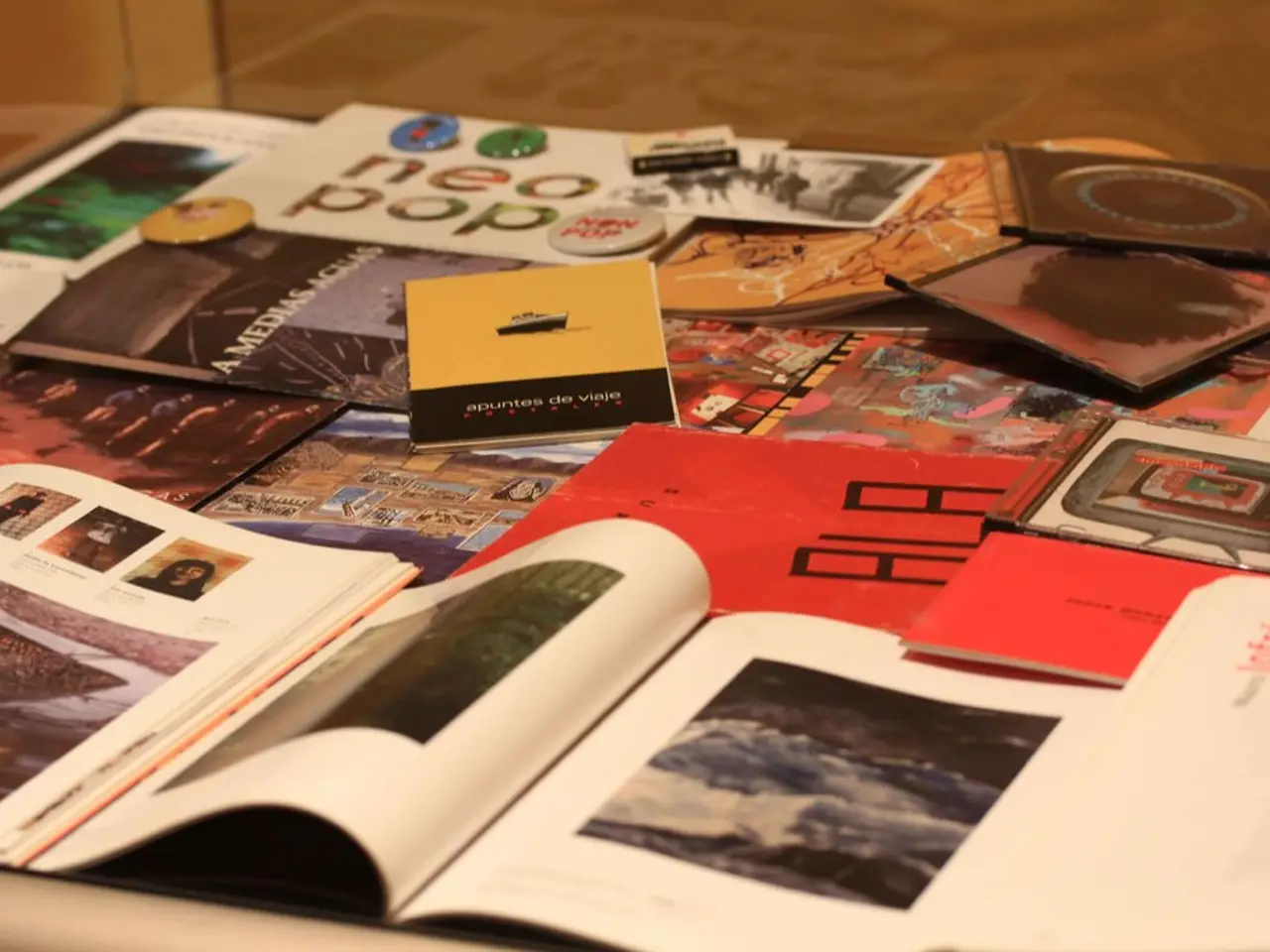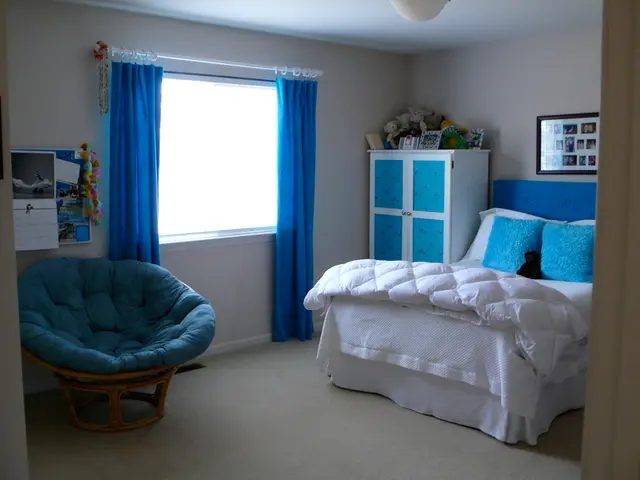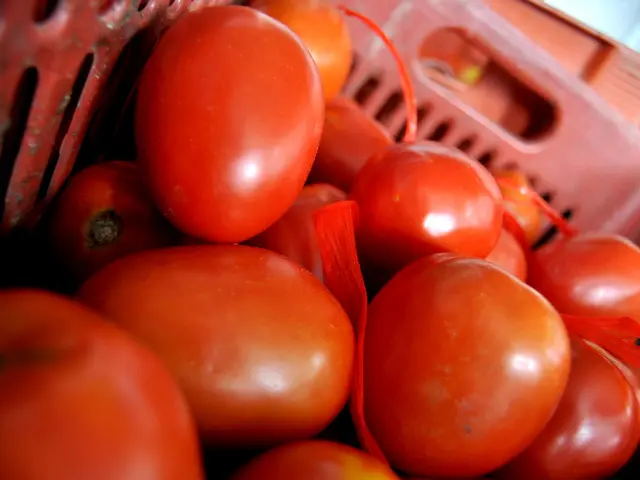Lapbooks: The Interactive Learning Tool Gaining Popularity Among Educators
Lapbooks, a creative and interactive learning tool, have gained popularity among educators and homeschoolers alike. These visual, foldable aids, crafted from simple file folders, cater to various subjects and ages, making learning engaging and hands-on.
A lapbook begins with a file folder or cardstock, transformed by folding the sides inward to create a base. Designing the cover is the first step, followed by printing and cutting out templates. These templates can include foldable mini books, vocabulary flaps or tabs, sorting pockets, diagrams, life cycles, or pop-up charts and lists. Students then add interactive pieces, using crayons, markers, colored pencils, double-sided tape, stickers, or construction paper. The final step involves reviewing the topic together, reinforcing learning in a fun, visual way.
Lapbooks are versatile, suitable for subjects like science, history, geography, or art. They are particularly ideal for preschool through elementary grades (ages 4-10), helping students summarize information and demonstrate their understanding. Despite not having a single documented inventor, lapbooks have emerged as a valuable educational tool, perfect for homeschool projects, unit studies, and classroom centers. They combine creativity, fine motor skills, and learning, making them an all-in-one resource.
Lapbooks, with their engaging, hands-on approach, have become a staple in educational settings. By transforming simple file folders into interactive learning tools, they help students grasp and retain information across various subjects and ages. Their popularity continues to grow, testament to their effectiveness in making learning fun and accessible.








